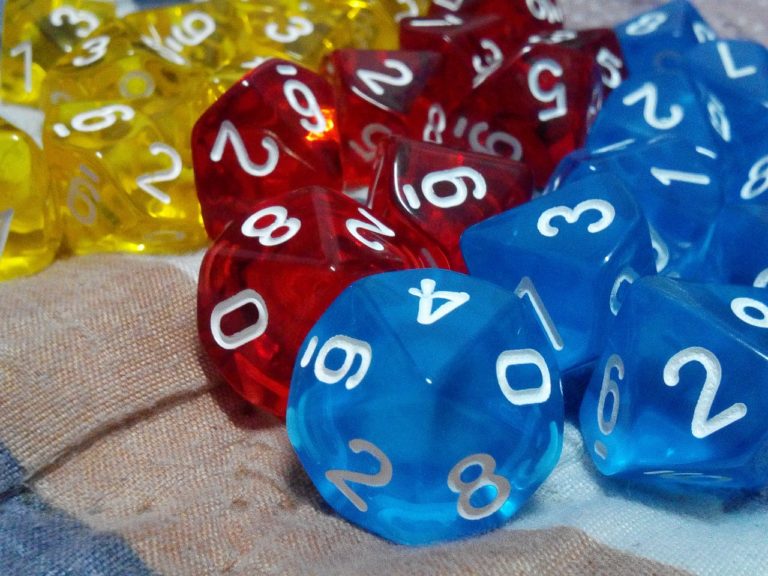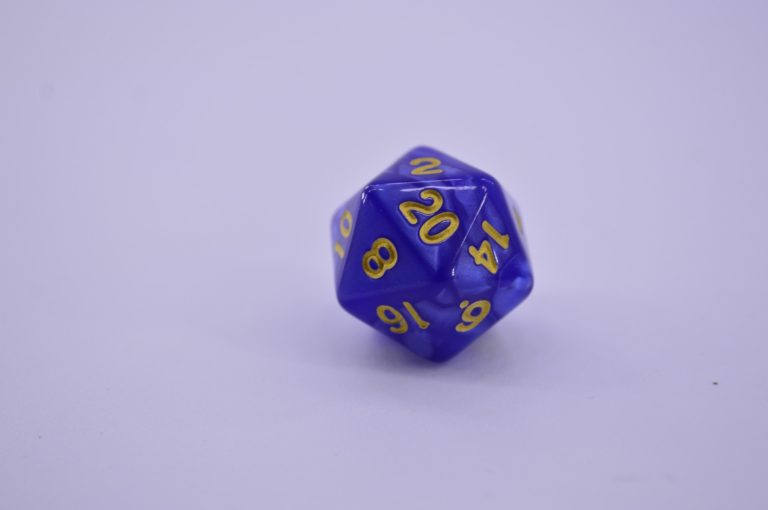Using a Spellcasting Focus in 5E | Spellcasting Focus 5E Guide
In the Dungeons & Dragons Player’s Handbook, some characters have the ability to cast spells using a spellcasting focus. The book does not do a great job of explaining what that means, however. In this guide we cover what these items are, how they are used, and why they are useful. Join us, if you will, for our Spellcasting Focus 5E Guide!

Table of Contents
Spellcasting Focus 5E Guide
A spellcasting focus is an item special to a spellcaster. These items are used to channel arcane energy during the spellcasting process, and the waive the need for most material components. The most obvious example would be a wizard making use of a magic wand. However, not all classes may use a spellcasting focus. These include sorcerers, wizards, clerics, and warlocks.
Who can use a spellcasting focus?
The use of a spellcasting focus for sorcerers, wizards, and warlocks is known as an arcane focus. They can make use of a variety of items to channel their arcane power through. Other classes are more limited. While clerics may also use a spellcasting focus, their options are far more limited. This class may only use a holy symbol as their focus. The same is true for the paladin class.
A Druid may also make use of a druidic focus for these purposes, which could include an array of natural items like feathers, living wooden staves, or teeth from a sacred animal. Finally, a bard can also make use of this type of spellcasting by using their musical instrument as their spellcasting focus.
In addition to the class you choose, there are also feats that allow you to make use of spellcasting foci. For example, the artificer initiate feat allows a character to use their artisan’s tools as a spellcasting focus. This extends to any spell that relies on intelligence for a spellcasting ability.
A Spellcasting Focus Let You Cast Spells Without Most Material Components
These items are more than just character fluff. The primary advantage of using a spellcasting focus is that it allows you to replace material components when casting spells. For example, Goodberry requires a sprig of mistletoe to cast. Using a spellcasting focus, you do not need these material components. Let’s look at the language from the Player’s Handbook:
A character can use a component pouch or a spellcasting focus (found in “Equipment”) in place of the components specified for a spell. But if a cost is indicated for a component, a character must have that specific component before he or she can cast the spell.
There is an important exception, though. Some material components of a spell will have a GP cost listed in their description. These material components are still necessary even when using a spellcasting focus. For example, Greater Restoration (Listed in our Top 10 Artificer Spells) requires 100 gp worth of diamond dust. This is an example of material components that are required to cast spells even with a spellcasting focus.
Your spellcasting focus also does not alleviate the need for somatic components. However, the need for a free hand for your somatic components won’t get in the way of your spellcasting focus, as you can use the same hand. In the end, the hand you use for your spellcasting focus can kill two bird with one stone.
Examples of Spellcasting Foci
The Players’ Handbook gives a few suggestions but does not include an Arcane Focus 5E list. That said, we have provided some suggestions below. In general, these items should not be weapons, shields, or armor. However, this is ultimately up to your DM.
Arcane Focus 5E List
- Carved wand
- Rod
- Staff
- Orb
- Crystal
- Rare stone
Druidic Focus 5E List
- Twigs
- Wand from a living tree
- Animal fur
- Animal teeth
- Feathers
- Totem
- Holly or mistletoe
Holy Symbol 5E List
- Carved symbol
- Blessed item
- Religious artifact
- Small box holding sacred relic
- Amulet
Spellcasting Focus vs. Component Pouch
A debate rages on using a spellcasting focus vs. a component pouch. Ok, maybe it’s not raging. But there seems to be a genuine discussion on the benefits and drawbacks of each. While both options are similar and useful, it is worth noting these differences.
A component pouch offers all of the minor components to a spell that the foci allow you to ignore. These bags are 2 pounds and cost 25 gp. This is roughly twice the size of a wand and more than twice the cost. So why choose the pouch? The most obvious advantage is that outside of spellcasting, you have a free hand to do with what you will. Using a spellcasting focus that hand would be holding your wand, orb, etc. If this seems like a minor concern, a spellcasting focus might be for you.
It should also be noted that some spellcasting foci has other uses. For example, a cleric can use their holy symbol for turning undead. A bard can use their instrument for a variety of reasons as well. Ultimately, the differences between these two options are minor and boil down to your personal taste most of the time. The only obvious difference is that a component pouch is available to all classes, including those that cannot use a focus.

Spellcasting Focus and Multiclassing
A spellcasting focus is associated with a specific class. But what if you multiclass two different caster options? According to the rules as written, you’ll need two foci for that. Let’s take a look at page 164 of the Players Handbook:
Each spell you know and prepare is associated with one of your classes, and you use the spellcasting ability of that class when you cast the spell. Similarly, a spellcasting focus, such as a holy symbol, can be used only for the spells from the class associated with that focus.
In other words, even if you take a dip into Wizard with your Cleric, you won’t be able to use your holy symbol to cast any wizard spells. For that, you’ll need to either rock a wand or a component pouch. Given this limitation, component pouches are always the better option for anyone that multiclasses.
Does a Spellcasting Focus Require Attunement?
A standard spellcasting focus does not require attunement. This is because these are not considered to be magic items, even though they are used for the purposes of spellcasting. There are some limited situations where a magic item could be used as a focus, however, and those items might require attunement.
How Do Somatic Components Work with a Spellcasting Focus?
A spellcasting focus only addresses the spell components there are required for casting; they don’t remove the need for somatic spell components. Remember, somatic components are the arcane hand movements that are necessary with casting certain spells.
However, this is mostly a distinction without a different due to the fact that the rules allow you to perform the somatic components of a spell using the hand that is holding your spellcasting focus. There are no tradeoffs when it comes to choosing between a free hand for somatic components or using a spellcasting focus for material components.
Concluding our Spellcasting Focus 5E Guide
That wraps up our Spellcasting Focus 5E Guide. While using these items does not radically alter the way spells are cast, they can eliminate a lot of the minor annoyances that come with it. I like the use of an arcane focus like a holy symbol, as it both fleshes out a character and simplifies gameplay without dumbing it down. Agree? Disagree? Let us know in the comments below!
Art by Linweichen available through Creative Commons Attribution-Noncommercial-No Derivative Works 3.0 License






